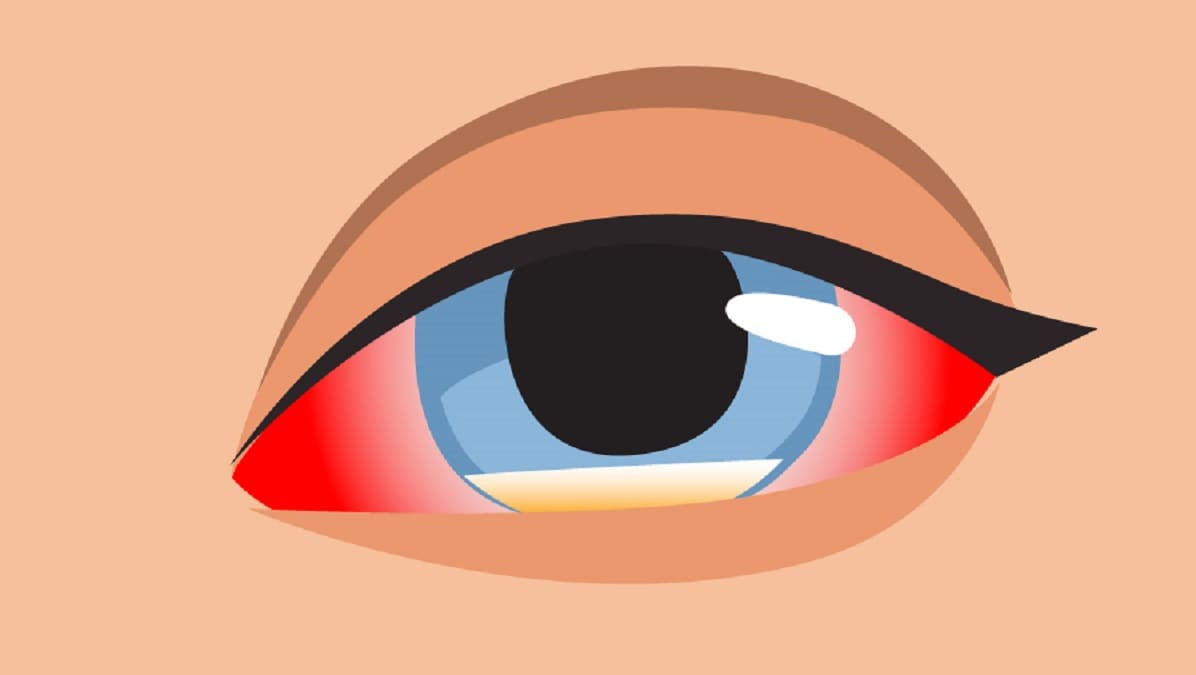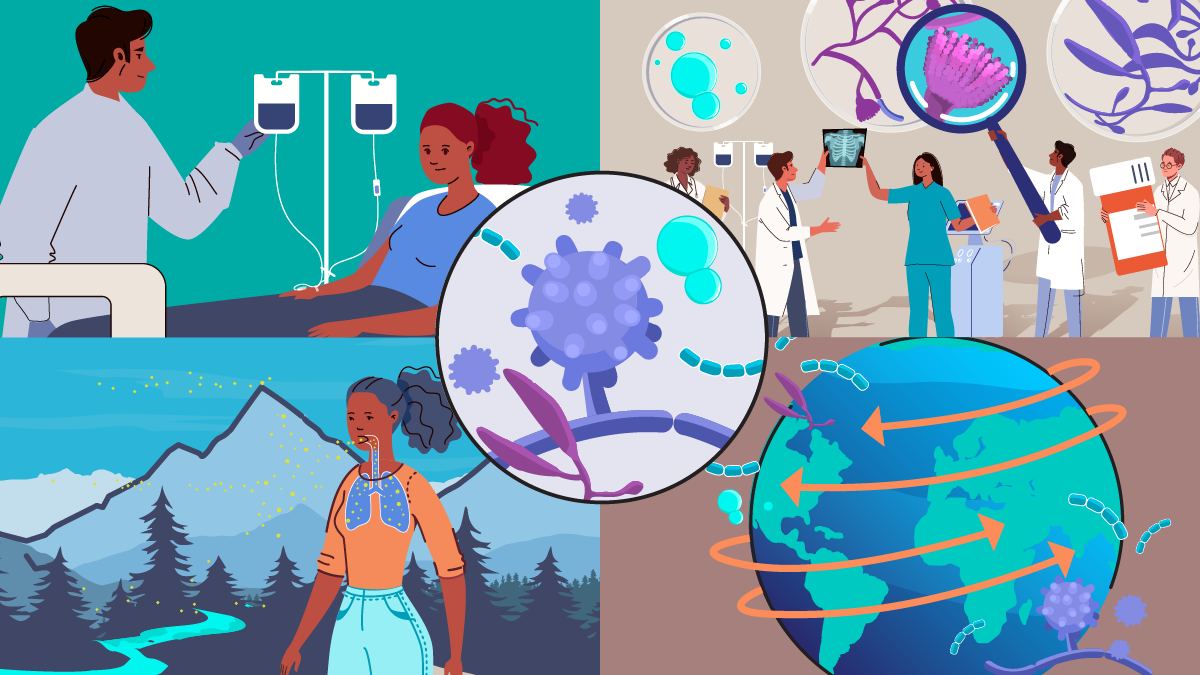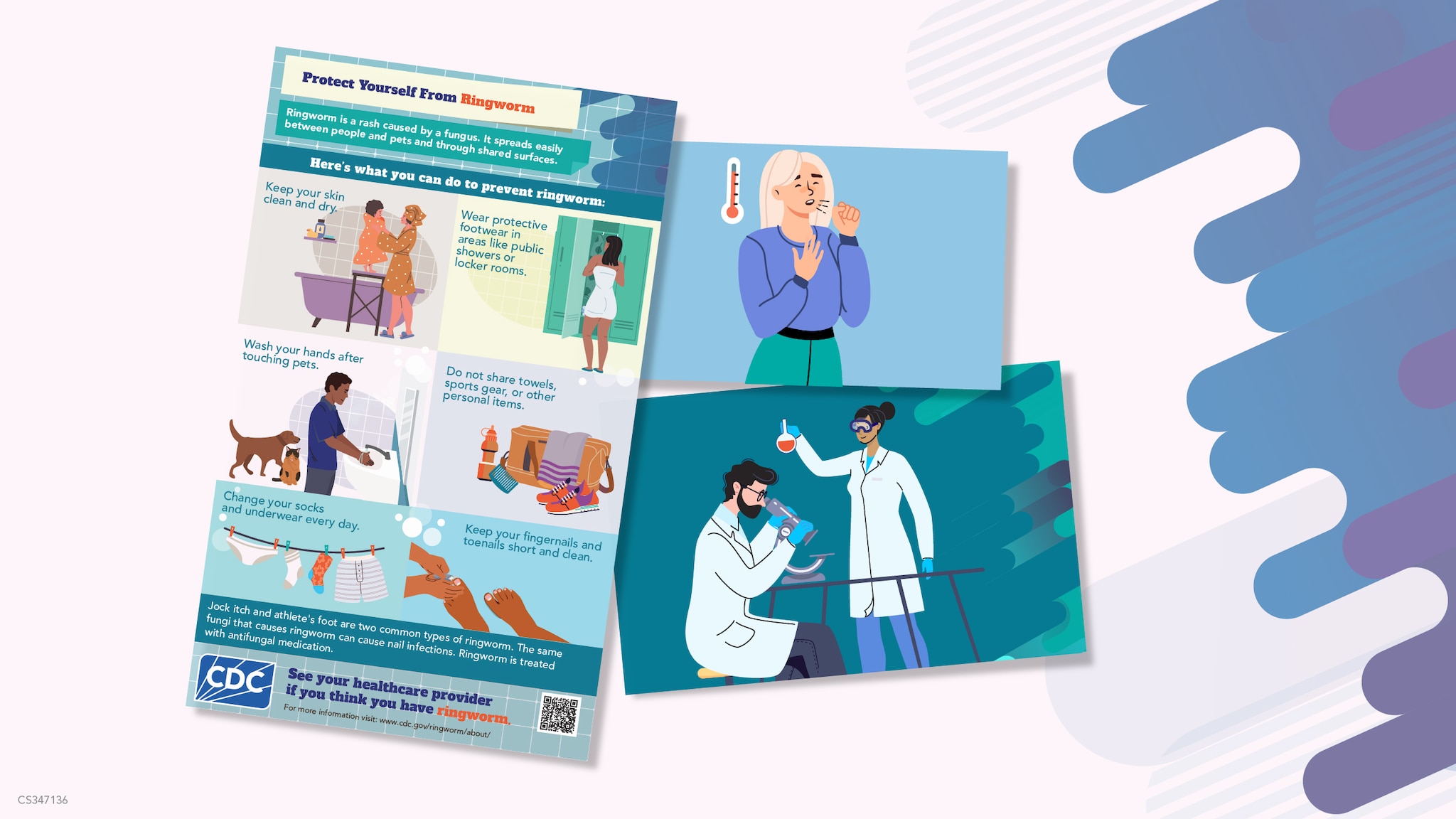Key points
- Fungal eye infections are extremely rare but can be very serious.
- Most fungal eye infections occur from eye injuries.
- Eye surgeries and bloodstream infections can also cause fungal eye infections.
- Fungal eye infections are treated with prescription antifungal medications.

Overview

Eye infections can be caused by many different organisms, including bacteria, viruses, amoeba, and fungi. Eye infections caused by fungi are extremely rare but can be very serious.
Types
There are two main types of fungal eye infections, depending on the part of the eye that is infected. Many types of fungi can cause eye infections.
Types of infections
The two types of fungal eye infections are keratitis and endophthalmitis. Keratitis is an infection of the clear, front layer of the eye (the cornea). Endophthalmitis is an infection of the inside of the eye (the vitreous and/or aqueous humor).
Endophthalmitis can occur two different ways. Exogenous fungal endophthalmitis occurs after fungal spores enter the eye from an external source. Endogenous fungal endophthalmitis occurs when a bloodstream infection (for example, candidemia) spreads to one or both eyes.
Many types of fungi can cause infections.
- Fusarium –lives in the environment, especially in soil and on plants.
- Aspergillus – common mold foundi n indoor and outdoor environments.
- Candida – a type of yeast that normally lives in and on the body.
Symptoms
The symptoms of a fungal eye infection can show up anytime from several days to several weeks after an exposure. Fungal eye infection symptoms are similar to those of other types of eye infections, like those caused by bacteria.
Symptoms can include:
- Eye pain
- Eye redness
- Blurred vision
- Sensitivity to light
- Excessive tearing
- Eye discharge
Causes
A fungal eye infection can be caused by:
- Eye injury, especially with plant material (i.e., thorns or sticks).
- Eye surgery or invasive eye procedures.
- Contaminated medical products are a potential risk factor.
- Contaminated medical products are a potential risk factor.
- Chronic eye disease involving the surface of the eye.
- Wearing contact lenses.
- Fungal bloodstream infection (like candidemia).
Risk factors:
People who have diabetes, a weakened immune system, or use corticosteroids (anti-inflammatory steroids) have a higher risk of fungal eye infections. Fungal keratitis may be more common among people living in rural areas.

Prevention
Wearing eye protection when outside can help prevent fungal eye infections caused by eye injuries that involve plant material. For many activities, wearing sunglasses can offer some protection. Outdoor workers and farmworkers should wear appropriate protective eyewear.
People who wear contact lenses should care for their lenses properly. Learn more about how to protect your eyes while wearing contacts.
If you think you have an eye infection it is important to see a healthcare provider or eye doctor right away.
Diagnosis
An eye doctor can examine your eye and test for infection.
The most common way to diagnose a fungal eye infection is done by a doctor collecting a sample of tissue or fluid from the eye. The sample is sent to a laboratory to be examined under a microscope or cultured.
Polymerase chain reaction and confocal microscopy, a type of optical imaging, are also being used as newer, faster forms of diagnosis.
Treatment and recovery
The treatment for a fungal eye infection depends on the type of fungus, the severity of the infection, and the parts of the eye that are affected. Possible forms of treatment for fungal eye infections include:
- Antifungal eye drops.
- Antifungal medication given as a pill.
- Antifungal medication injected.
Eye surgery may be needed if infections do not get better after using antifungal medications.
More resources on fungal diseases
Communication and Educational Materials
Webinars, Podcasts, and Clinical Tools




